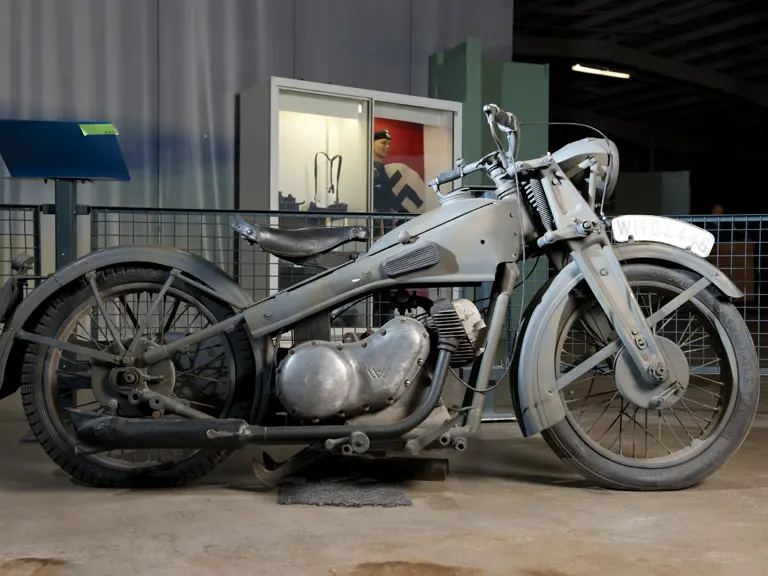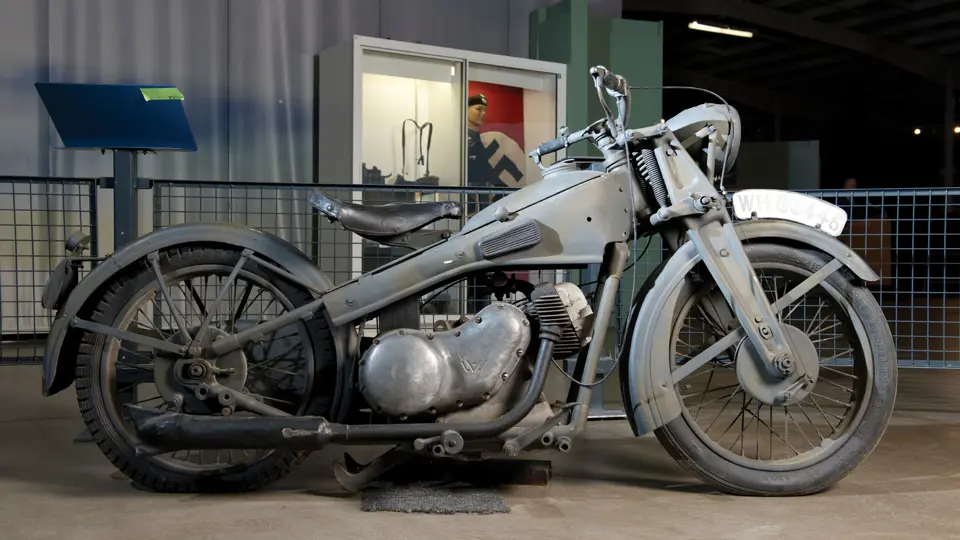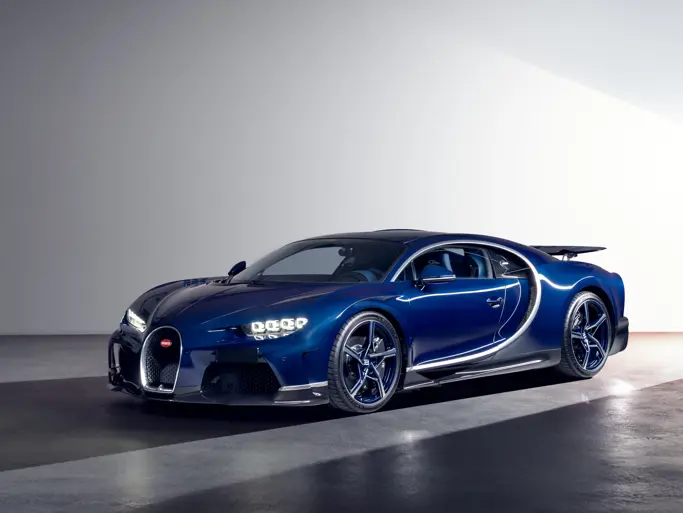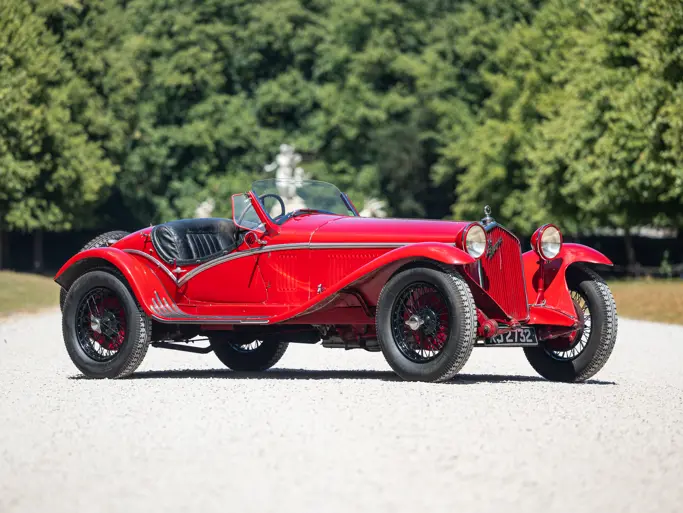Please Note: Information regarding these museum display vehicles was provided by the National Military History Center and has not been independently verified by Auctions America by RM ("AA"). As such, AA does not verify, warrant or guarantee any of this information. Prior inspection and research by the buyer is highly encouraged and recommended.
ATTENTION: Buyers are responsible for securing transportation and moving/loading of lots. Lot may be left on display indefinitely in the museum free of charge with a signed loan agreement form. Lots are sold as is, where is.
Please note this is being sold on "Bill of Sale" only.
Manufacturer: Victoria-Werke GmbH, Nuremberg, Germany
Production Year: 1937
Engine: Victoria HO over-head-valve, 498-cc, 15-hp, two-cylinder, air-cooled, gasoline
Transmission: Four-speed, hand-change gearbox
Brakes: Mechanical
Length: 85-inches
Width: 34-inches
Height: 37-inches
Wheelbase: 55-inches
Weight: 532-pounds
Armor: None
Armament: None
Maximum speed: Approximately 65-mph
Crew: One
Markings: German Army grey paint
The Victoria KR9 is a commercial motorcycle design produced for the civilian market prior to World War II. The only military modifications were the military license plate and matte-grey paint scheme. Victoria was founded in Victorian times to manufacture bicycles and didn’t start producing motorcycles until the early 1900s, prior to World War I. Although production of bicycles and motorcycles continued simultaneously prior to World War II, emphasis was placed on manufacturing primarily motorcycles. Victoria only produced one military design during World War II, the KR35WH; a 350-cc model that was one of the few motorcycles built continuously throughout the war. The KR9, along with smaller models produced by Victoria, were purchased for military service from civilian stocks. The 498-cc, four-stroke engine featured V-twin cylinders mounted perpendicularly on the crankcase. Gear change was through a four-speed gearbox controlled by a hand change unit mounted on the right side of the fuel tank. Final drive was by chain, protected by a metal cover. Its heavy weight, low ground clearance and lack of rear suspension limited the Victoria KR9 to paved road use.



 | Auburn, Indiana
| Auburn, Indiana


